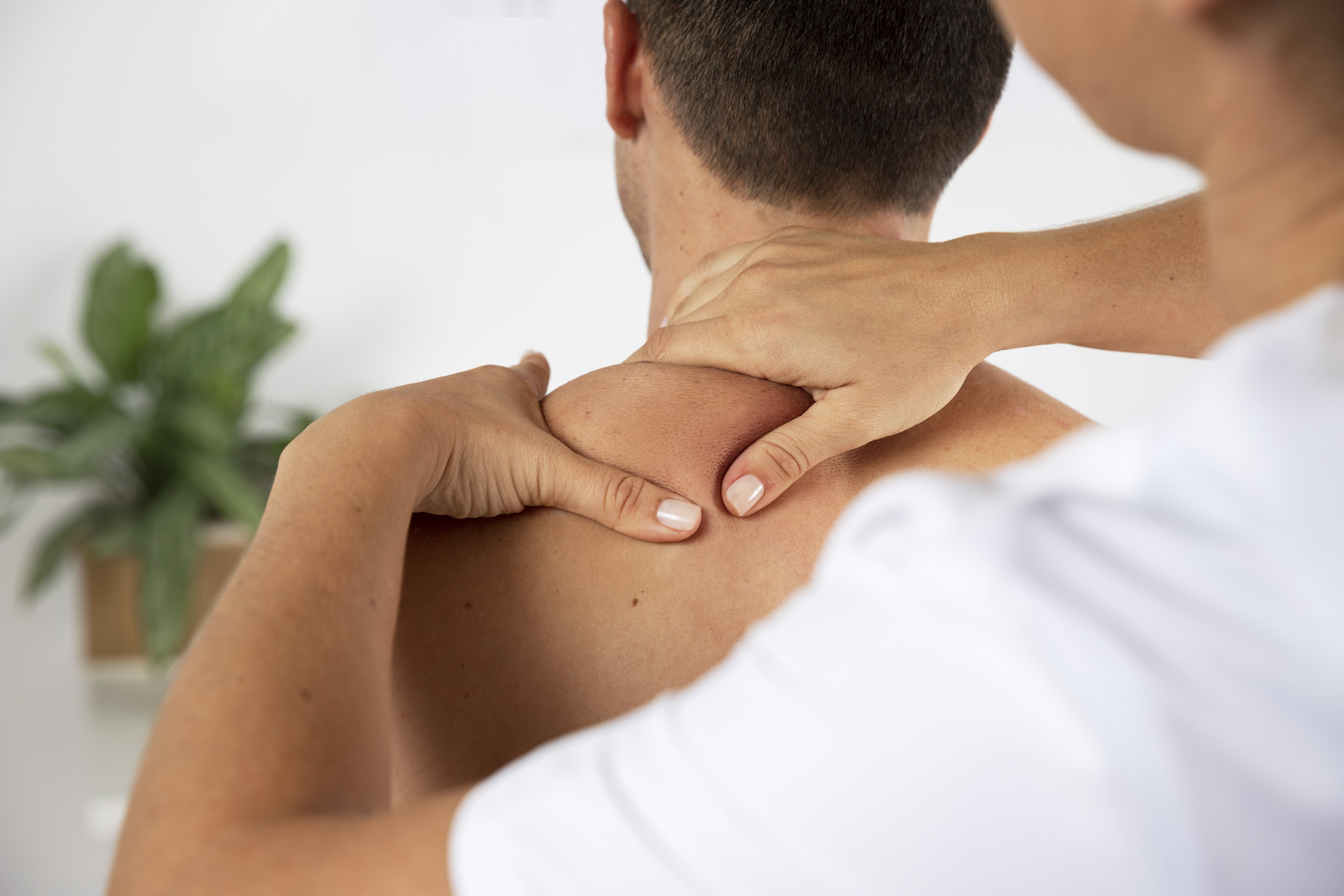A study published in the Journal of Pediatrics shows that weight gain may have a negative impact on liver health in children as young as eight years old. The study found that three-year-old children with a larger circumference of the waist were more likely to display markers for non-alcoholic fatty liver disease by the age of eight.
The study involved 635 children and researchers measured weight, height, skinfold thicknesses, and waist and hip circumferences at around 3.2 years of age (early childhood) and around 7.7 years of age (mid childhood). At the mid-childhood mark, they also collected blood for alanine aminotransferase (ALT) analysis. Elevated ALT is a marker for liver damage and can occur in individuals with non-alcoholic fatty liver disease and other conditions affecting the liver.
The researchers found that each additional 10cm greater waist circumference at the early childhood stage was associated with 1.99 greater odds of elevated ALT at mid childhood. By the age of eight, 23% of children (20% for boys and 27% for girls) in the study had elevated ALT levels. It was found that children with a bigger waist circumference (a measure of abdominal obesity) at age three and those with a greater increase in obesity measures between the ages of three and eight were more likely to have elevated ALT. Approximately 35% of eight-year-olds with obesity had elevated ALT as opposed to 20% of those of a normal weight.
Jennifer Woo Baidal, MD, MPH, assistant professor of pediatrics at Columbia University Vagelos College of Physicians and Surgeons and lead author of the paper, said, “Some clinicians measure ALT levels in at-risk children starting at around 10 years old, but our findings underscore the importance of acting earlier in a child’s life to prevent excess weight gain and subsequent liver inflammation.
“Currently, the best way for kids and adults to combat fatty liver disease is to lose weight, by eating fewer processed foods and getting regular exercise. We urgently need better ways to screen, diagnose, prevent, and treat this disease starting in childhood.”
Where to next? Read about how yoga is becoming a safe space for abuse survivors.







